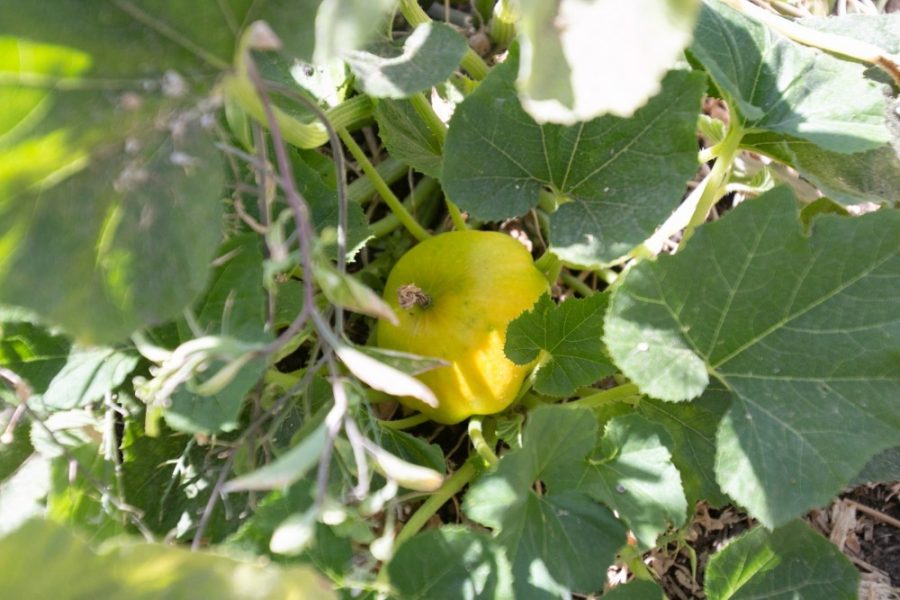University of Arizona researchers have received a $25 million grant to develop a better way to communicate with plants and understand their signals.
The grant was provided by the National Science Foundation to the UA, Cornell University, the Boyce Thompson Institute and the University of Illinois Urbana-Champaign to do research through the Center for Research on Programmable Plant Systems.
There are people from many different research fields working on this project, including engineers, plant scientists, computer scientists and social scientists.
“Our goal is to be better able to talk to plants or to listen to plants. The analogy I always give is that your plants are communicating with you, if your house plant wilts you know it needs water, so plants send out a whole variety of different signals,” said Rebecca Mosher, an associate professor in the School of Plant Sciences and the lead investigator on the project.
RELATED: Q&A with professor Hainline: Diving deep into JWST’s exploration of space
The researchers are hoping to better be able to see what the plants are telling them and understand their signals. They also hope to tweak the circuits in plants, which could allow them to observe what happens when plants go into drought stress, according to Mosher.
“If we could reliably do that in a panel of different corn plants, then we could identify which varieties of corn plants handle droughts the best and identify the ones we want to use for breeding,” Mosher said.
She has worked closely with Duke Pauli, an assistant professor in the School of Plant Sciences, on the project. “Due to its heat and droughts, Pauli has claimed that ‘Arizona has the climate of tomorrow, today,'” according to Mosher.
Pauli’s role in the project will be growing crops out in the field where he will do testing and validation, also known as phenotyping.
RELATED: New plastic could remove tons of sulfur from oil plants
“If a plant was stressed, we would want it to tell us that it needs more water since there is about to be a heatwave. However, we also want it to give us that feedback and for us to be able to communicate back,” Pauli said in regard to what he would like to see developed in the future.
Pauli also explained that a lot of the technology they are hoping to develop might seem outlandish, but in 10 years it may not seem as crazy. For example, engineers are working on developing different cameras that can be used to see different wavelengths invisible to the human eye. They are also working on developing worm-like robots that swim, which could provide information on the roots of plants.
Since it is a research grant, Mosher and the other researchers on the project do not have plans to directly make products for consumers. However, they do have an idea of identifying certain genes in a particular circuit that makes a plant more resistant to drought, which can be used to breed better varieties of plants.
“Maybe we can learn that with this crop, in this field, under these conditions, drought is most critical at this growth state. Then, we can have an agronomic effect and say ‘that is when you really need to be watering and irrigating, the rest of the time your irrigation is less effective, so why not save that water?’” Mosher said.
RELATED: Turning the tide against malaria
Since there are a bunch of different research fields working on this project, she hopes that they are able to do things that each field would not be able to accomplish independently.
The team of social scientists are looking at the social, ethical and policy impacts of this research. Mosher provided the example of engineers who might be developing drones that fly over fields and collect data. The social scientists look at the issues there such as, if you are an agricultural worker in a field, do you want a drone passing over and collecting data associated with them, which could violate their privacy.
“If you are a farmer who has collected enough data to predict what your yield is and half of Nebraska has that, what do we need to think about in terms of data security?” Mosher asked rhetorically.
Since a big team is working on this project, they are currently in the stage of organizing and figuring out their next steps. The funding from the grant covers five years and is potentially renewable for another five, so it could potentially be a 10-year project.
Follow Jillian Bartsch on Twitter









